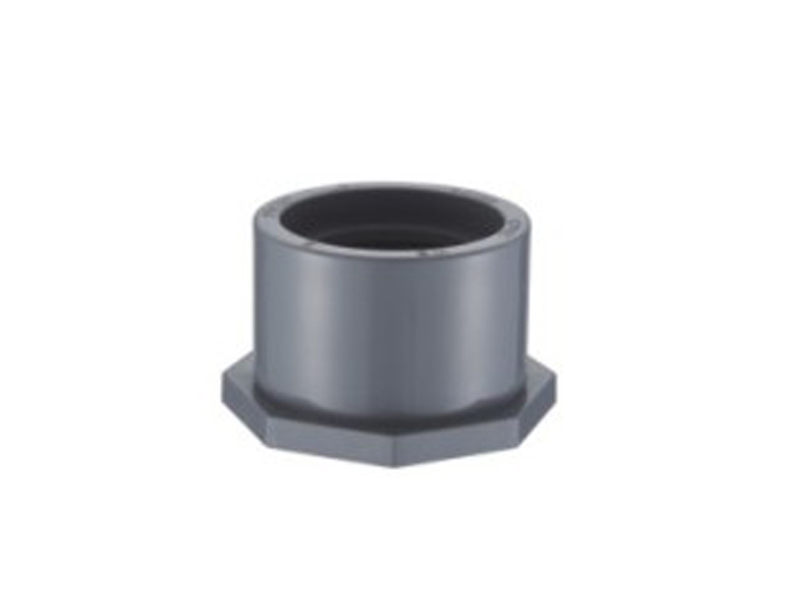When installing chlorinated polyvinyl cpvc fitting chloride piping systems, you have a few different options to join the piping and fittings. Depending on the pipe size, the pipe and fittings can be threaded or flanged together, each offering a strong, durable union. However, for most applications.Solvent cement is not glue. Instead it is a fast, easy installation process that uses solvents and resin to chemically fuse the pipe and fitting together at a molecular level, essentially creating one continuous piece of plastic. In fact, solvent cement is the only joining method recommended for system features like expansion loops because it allows the pipe to bend and move without breaking or weakening the joint seal.To ensure the solvent cement is applied properly throughout your process system, we've put together the following dos and don’ts to remember throughout the seven step joining process.

If the provided solvent cement installation do's and don'ts are followed, see how reliable the joints become by watching the burst test video below.Preferred plastic cutting tools include a ratchet cutter, wheel-type plastic tubing cutter, a power saw, or a fine-toothed saw.Cutting the pipe as squarely as possible provides the maximum bonding surface area. The more surface area that becomes chemically bonded, the more strength the joint will exhibit.Burrs and filings can prevent proper contact between the pipe and fitting and may put undue stress on the pipe and fitting assembly. Use a chamfering tool or file to remove burrs and filings from the outside and inside of the pipe.A slight bevel eases entry of the pipe into the socket and minimizes the chance of wiping solvent cement from the fitting. For pipe sizes 2 in. and larger, a 10 to 15° chamfer of in. is recommended.
Loose soil and/or moisture can slow cure times and reduce the joint strength. Make sure the fit is good by checking that the pipe enters the fitting socket easily of the depth.Primer is needed to prepare the bonding area for the addition of cement and subsequent assembly. Use a proper applicator, such as a dauber, swab or paintbrush, approximately half the size of the pipe diameter.Apply the primer to the inside of the fitting socket and to the outiside of the pipe end. Apply a second primer coating inside the fitting socket. Redip the applicator as often as necessary to ensure the entire surface of both pieces is tacky.Apply solvent cement when the pipe surface is tacky (not wet) from primer. The joining surfaces must be penetrated and softened.Cement should be applied with a natural bristle brush or swab half the size of the pipe diameter. For pipe sizes smaller than 2 in., a dauber may be used.
Apply a heavy, even coat of cement to the outside of the pipe end, and a medium coat to the inside of the fitting socket. For pipe sizes greater than 2 in., apply a second coat of cement on the pipe end.After cement application, immediately insert the pipe into the fitting socket while rotating a turn until the fitting-stop is reached. At this time, the fitting should be properly aligned for installation.The pipe must meet the bottom of the fitting socket. Once in place, the assembly should be held in place for 10 to 30 seconds to ensure initial bonding and to avoid push out.If this bead is not continuous around the socket shoulder, it may indicate that insufficient cement was applied. In this case, the fitting should be discarded and the joint reassembled.For a 6 in. or larger diameter pipe, a pipe puller (come-a-long) is recommended to assemble the joint and hold it in place for the initial set time without applying excess force that may damage the pipe or fitting.This equipment should be set up prior to the start of priming so assembly can happen quickly while primer and cement are still fluid.


